Abaqus CFD and FSI
Advanced, scalable, and parallel computational fluid dynamics are offered by Abaqus CFD for a variety of simulations. These problems span a wide variety of nonlinear coupled fluid-thermal and fluid-structural issues. To know how to simulate FSI in Abaqus, it’s better to see workshops 2 and 3.
Workshop-1: Investigating reverse flow characteristics and thermal mixing in a T junction by CFD methodology
In many different industries, such as petrochemical plants, electronic cooling applications, molecular biological processes, power plants, etc., T-junctions are frequently utilized in piping systems and multi-channel networks. For piping design, it is essential to have a thorough understanding of the thermal-hydraulic properties of a T-junction. To better understand how T-junctions mix, several simulations utilizing computational fluid dynamics (CFD) and various turbulence models have been run. LES turbulence model research looked at temperature fluctuations brought on by thermal mixing in T-junctions. The findings indicated that the highest temperatures predicted were a little higher than those actually measured. This simulation makes use of implicit Abaqus CFD. A straightforward schematic is shown in the image below.
Utilizing a water-based substance with thermal capabilities, a thermal flow step with three boundary conditions has been implanted, along with a specified field setup. We can observe an average temperature and some reverse flow near the hot flow branch during the simulation by combining two flows. Below are some results figures that you can see.
Workshop 2: Simulation fluid-structure interaction in Abaqus
This video shows how ABAQUS simulates the interaction of fluid and structure. This capacity to do FSI analysis and establish a proper linkage between Abaqus CFD and Standard analysis is provided by the ABAQUS. The impact of air velocity over the short column has been examined in this example. The CFD section created the air domain, and the properties of air include density and viscosity. The column was made in the Standard section, and it has a steel material with an elastic property. Fluid Structure Interaction has been employed between the two models to ensure optimal interaction. Stress and displacement in the Standard section have altered along with velocity and pressure in the CFD part. Below are some simulation-related figures that you can see.
Workshop 3: Simulation of fluid-structure interaction on the Aluminum body with flexible tail
The term “fluid-structure interaction” (FSI) refers to the interaction of a mobile or deformable structure with a fluid flow, either internal or external. Both steady and oscillatory fluid-structure interactions are possible. In oscillatory interactions, the solid structure experiences strain that causes it to move in a way that reduces the strain source. After the structure returns to its original condition, the process repeats itself. Many engineering systems, such as aircraft, spacecraft, engines, and bridges, must take fluid-structure interactions into account throughout the design phase. In constructions made of materials prone to fatigue, failing to take oscillatory interactions into account might have disastrous results. This video examines the FSI simulation on an aluminum body with a flexible tail. Below are some simulation-related figures that you can see.
What is CFD?
Do you even know what CFD means? It means Computational Fluid Dynamics. Using numerical analysis and data structures, the field of computational fluid dynamics (CFD) studies and resolves issues involving fluid flows. Aerodynamics and aerospace analysis, hypersonics, weather simulation, natural science and environmental engineering, industrial system design and analysis, biological engineering, fluid flows and heat transfer, engine and combustion analysis, and visual effects for movies and video games are just a few of the research and engineering problems to which CFD is applied. The distinction between FEA and CFD is intricate. Partial Differential Equations can be solved in a specific method using Finite Element Analysis (FEA), which is typically used for structural issues. Similar techniques are used in computational fluid dynamics (CFD), which is more effective at addressing fluid-flow issues. CFD is a branch of research that uses numerical methods to solve the mathematical equations governing fluid flow, heat transfer, mass transfer, chemical reactions, and related phenomena. The Navier-Stokes equations, which define numerous single-phase (gas or liquid, but not both) fluid flows, serve as the essential foundation for practically all CFD problems. To obtain the Euler equations, these equations can be made simpler by getting rid of variables that describe viscous actions. Abaqus CFD simulation is an introductory training for Abaqus CFD modeling.
Difference between FSI and CFD
A multiphysics link between the principles governing fluid dynamics and structural mechanics is known as fluid-structure interaction (FSI). This phenomena is defined by interactions between a deformable or moving structure and an external or internal fluid flow, which may be steady or oscillatory. The CFD only consider fluid dynamics while FSI considers both fluid dynamics and structural mechanics.
Why do we need CFD and FSI?
On fundamental transport phenomena like heat, momentum, or mass transmission, CFD offers helpful information. As a result, CFD provides crucial information on the mixing properties, possible shear stress on the biocatalysts, or gradients of vital parameters like temperature, pH, or nutrient concentration. The CFD is used to simulate how thermo-fluids behave in a system. Before investing in expensive prototypes and physical tests, many industries use it to analyze, optimize, and confirm the performance of designs. The fluid flow can cause the structure to deform and the deformation of the structure can affect the flow. So when you want to design something, you need to know how the structure will deform and how that deformation affects the flow.
I hope you have got enough information about the Abaqus CFD simulation; if you have any questions about this tutorial, contact us via online chat here on the left side of the page.
It would be helpful to see Abaqus Documentation to understand how it would be hard to start an Abaqus simulation without any Abaqus tutorial.
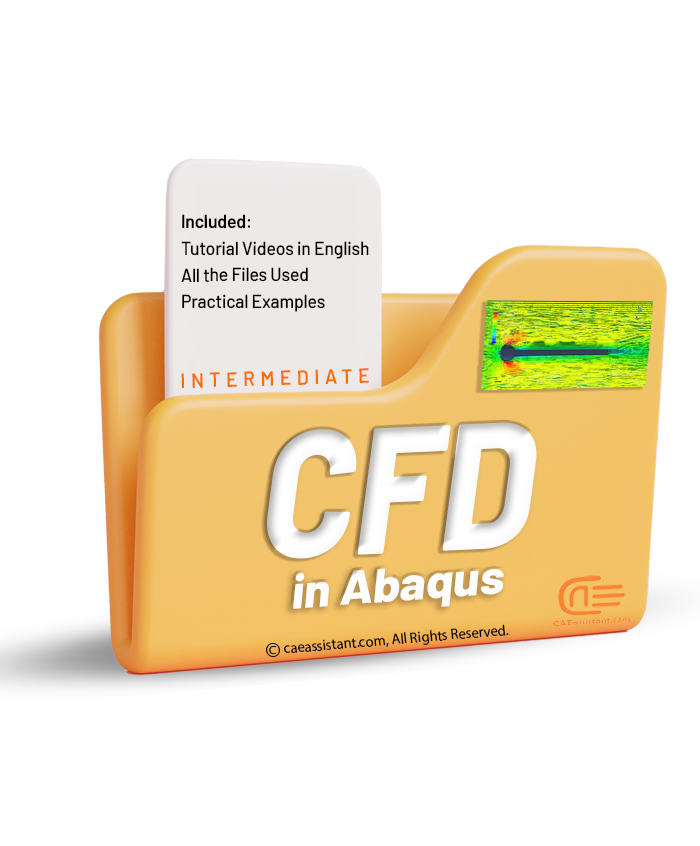
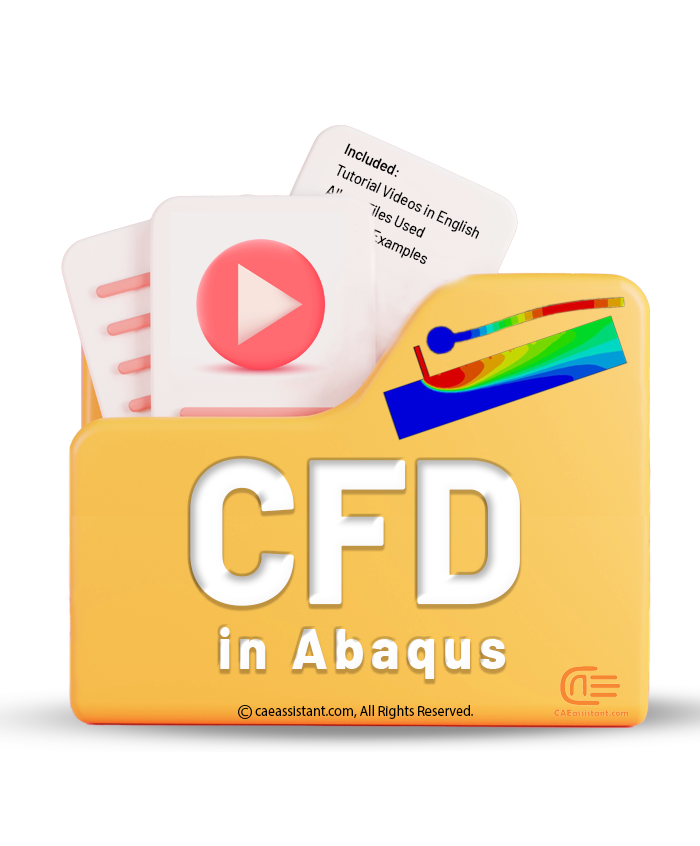
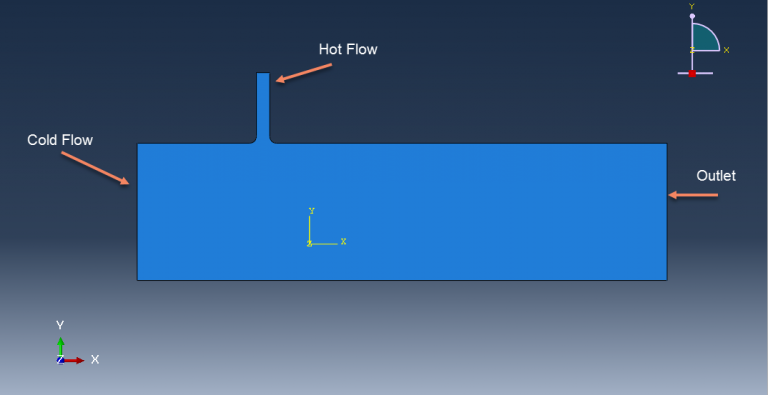
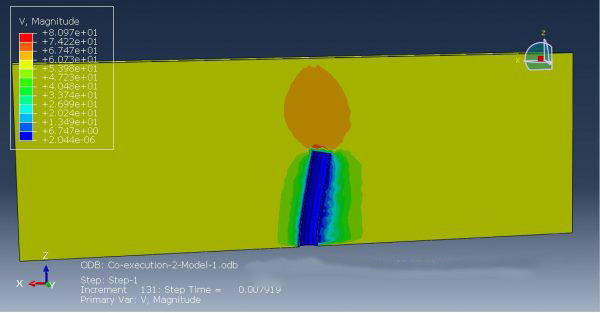
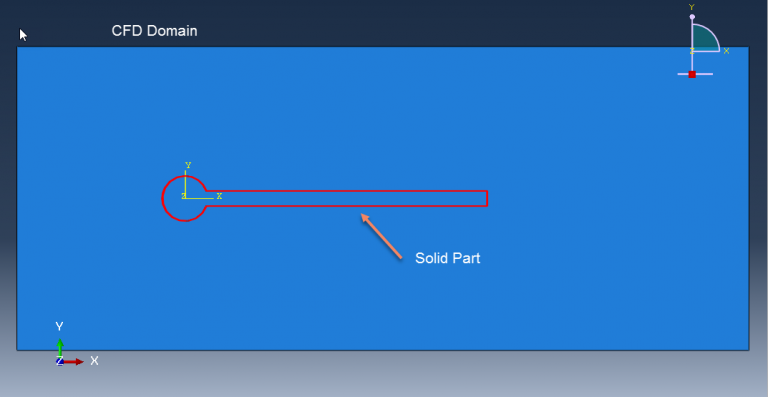
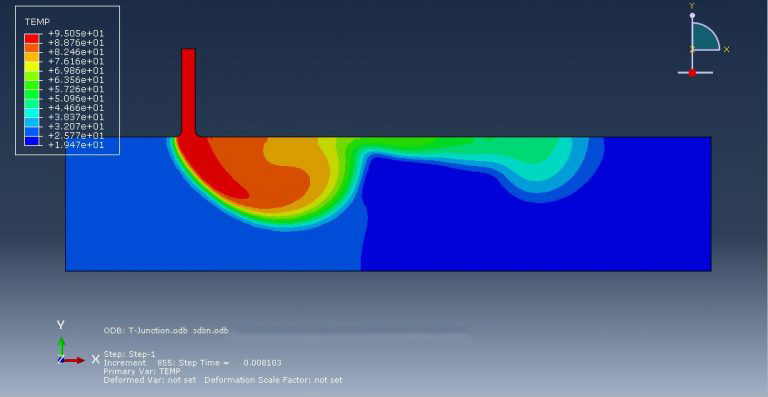
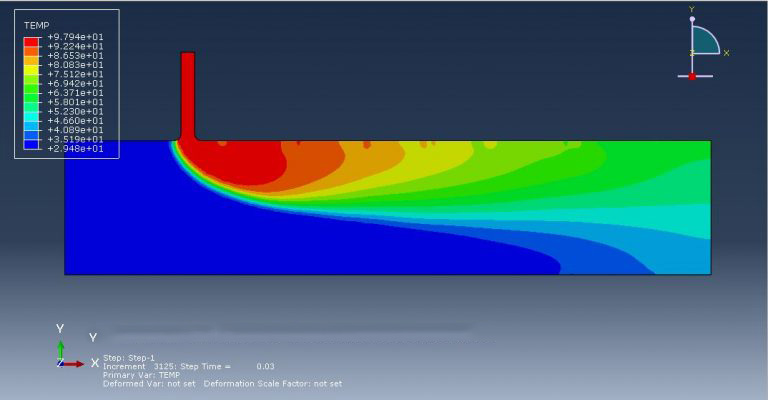

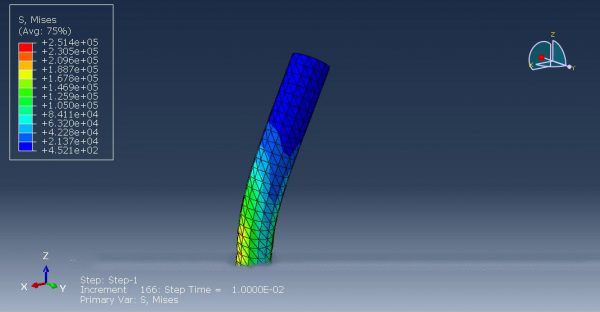
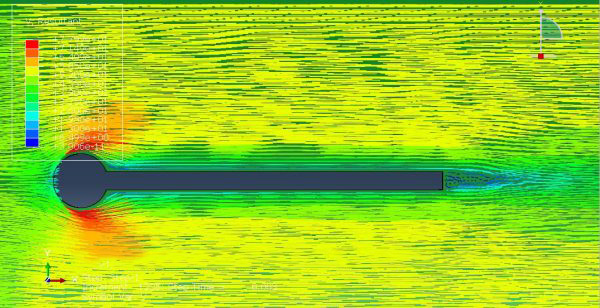
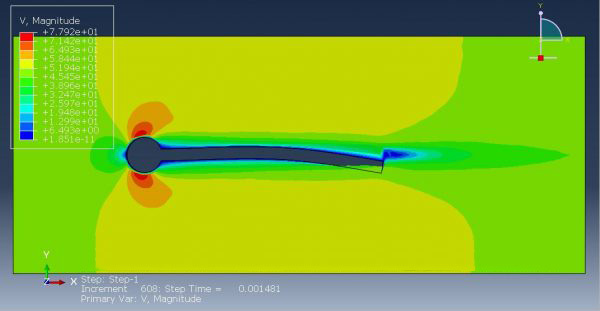
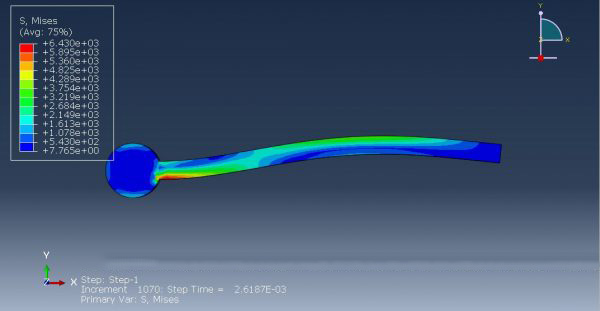
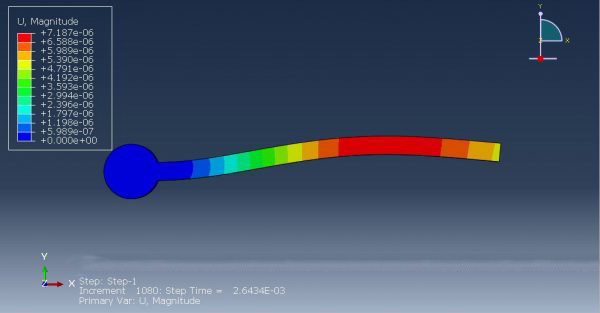
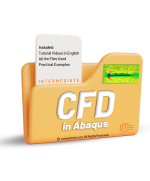













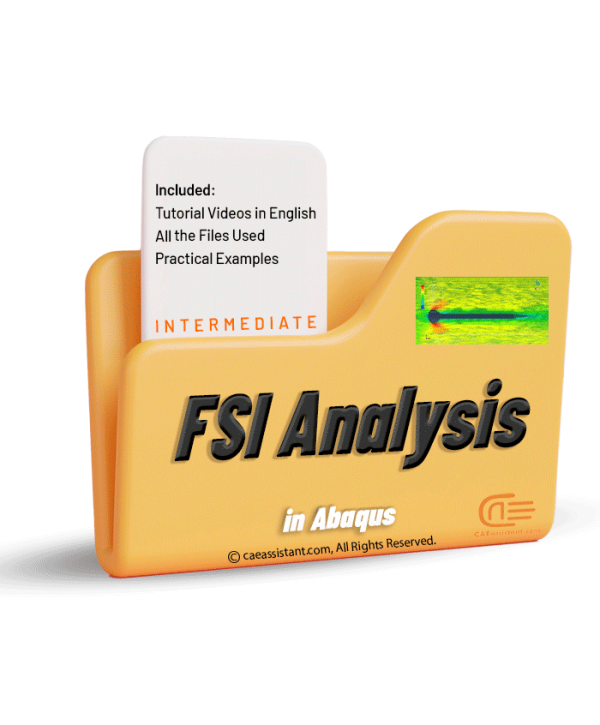
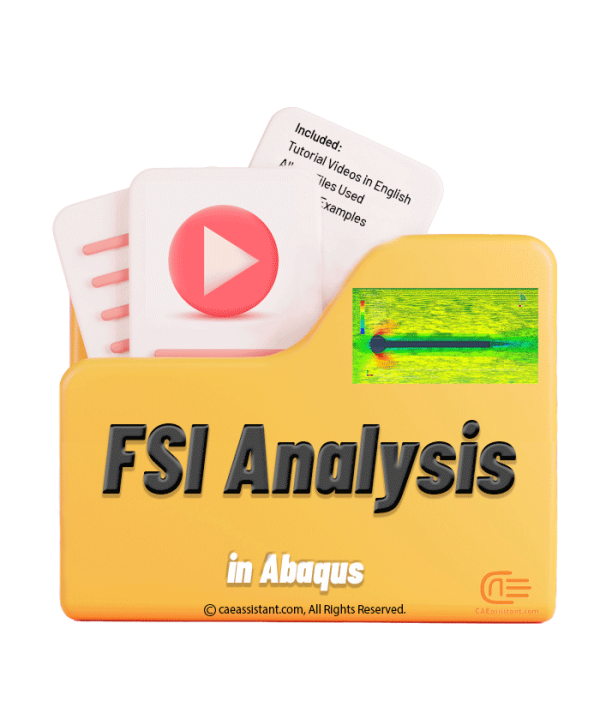
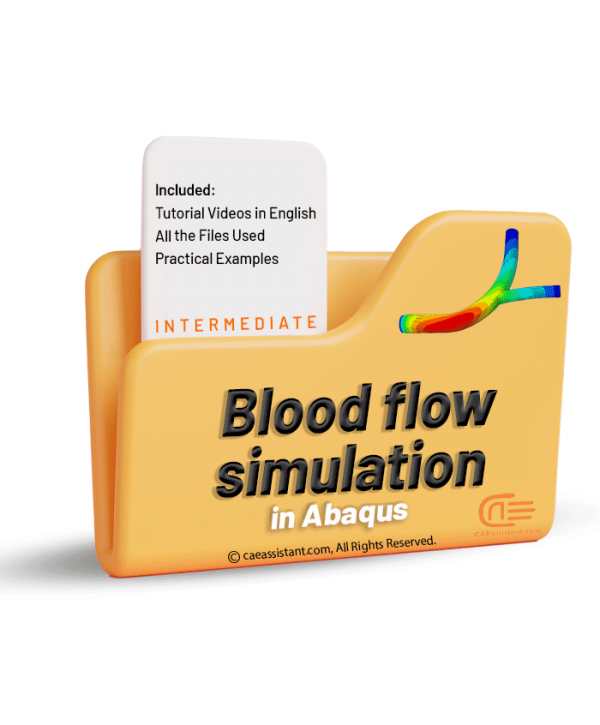
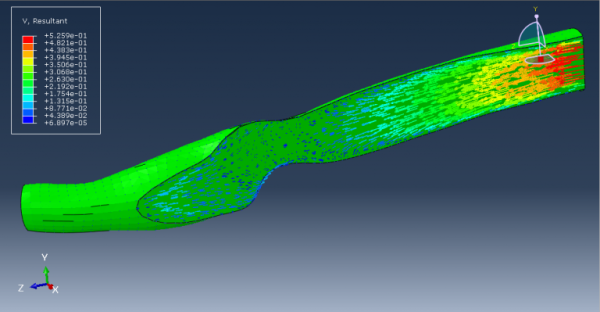
Reviews
Clear filtersThere are no reviews yet.